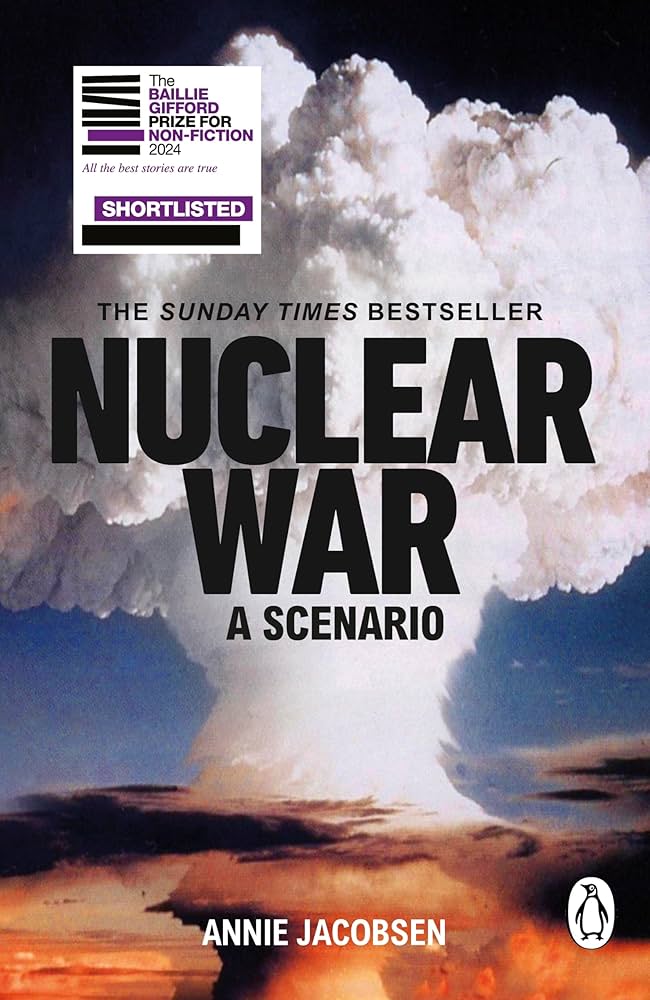
# The Hydrogen Bomb: Dissecting the Most Lethal Weapon Ever Developed
We’ve all witnessed the footage—an unsettling stillness before a ground-shaking explosion, a colossal fireball ascending into the atmosphere, and the unmistakable mushroom cloud heralding destruction of unfathomable scale. But why are the majority of these visuals from many decades ago? Have nuclear arms become too horrifying to conduct tests publicly? The resolution is found in the remarkable technological progress that has rendered contemporary nuclear warheads even more lethal than their predecessors.
With nuclear stockpiles dispersed worldwide, a single error in judgment could initiate an apocalyptic disaster. The activation of merely one modern thermonuclear device could surpass the total fatalities of entire conflicts, with cascading repercussions annihilating not just lives, but society as we recognize it. So, what renders nuclear arms this formidable? And how have they transformed into the terrifying instruments of annihilation we are familiar with today? Let’s explore the physics, history, and potential aftermath of a nuclear detonation.
—
## The Science of Nukes
At the core of nuclear arms lies one of the most fundamental characteristics of matter—atomic energy. The nucleus of an atom harbors tremendous power, and there are two main methods to release it: **nuclear fission** and **nuclear fusion**.
### Nuclear Fission
The initial generation of atomic bombs, like those unleashed on Hiroshima and Nagasaki, depended on **nuclear fission**—the mechanism of splitting an atomic nucleus into smaller components.
Certain elements, such as Uranium-235 or Plutonium-239, possess large, unstable nuclei that can be divided when impacted by a neutron. This process not only unleashes a colossal amount of energy but also ejects additional neutrons, triggering a self-perpetuating chain reaction. Within fractions of a second, this reaction escalates into a catastrophic explosion.
These early weapons were extraordinarily potent, but they were merely the beginning.
### Nuclear Fusion
Hydrogen bombs (or **thermonuclear bombs**) operate on a fundamentally different concept—**nuclear fusion**, the same mechanism that powers our Sun. Instead of breaking atoms apart, fusion compels light atomic nuclei (such as hydrogen isotopes, deuterium, and tritium) to fuse into a heavier nucleus, releasing an even more significant energy output.
However, fusion necessitates extreme temperatures—hence the term **“thermonuclear.”** This is where fission becomes crucial, generating the necessary heat to ignite the fusion process. The outcome? A weapon **hundreds to thousands of times more destructive** than the bombs dropped on Japan.
—
## The Progression of Nuclear Arms
### **The Atomic Bomb**
Atomic bombs (also known as **fission bombs**) represented the inaugural nuclear weapons utilized. The bombings of Hiroshima and Nagasaki in 1945 showcased their alarming potential, with explosions equivalent to 15,000–21,000 tons of TNT, resulting in over **200,000 fatalities** within months.
Nonetheless, when compared to today’s nuclear weapons, these were rudimentary—they marked the dawn of nuclear combat.
### **The Hydrogen Bomb**
By 1952, researchers had already discovered a method to intensify nuclear annihilation. The first thermonuclear bomb test, **Ivy Mike**, unleashed an explosion over **450 times** more potent than the Hiroshima bomb. These weapons employed **fission to trigger fusion**, boosting both yield and efficiency.
Some hydrogen bombs surpass **50 megatons** of TNT—one single explosion has the capacity to eradicate entire cities and induce atmospheric changes that **impact the climate globally**.
### **Modern Nuclear Warheads**
Contemporary nuclear warheads are designed with **multiple stages**, where fission and fusion intermingle in a cyclical, self-reinforcing explosion. These warheads are sleek, lightweight, and can even be **mounted on intercontinental ballistic missiles (ICBMs)**, enabling them to strike any corner of the earth within **minutes**.
Additionally, **MIRVs (Multiple Independently-Targetable Reentry Vehicles)** allow a single missile to carry and deploy **multiple nuclear warheads** to distinct targets at the same time. This renders them extraordinarily challenging to defend against—all it requires is one misjudgment to escalate into worldwide nuclear warfare.
—
## What Occurs When a Nuclear Weapon is Deployed?
The ramifications of a nuclear blast reach far beyond its immediate explosion. The destruction unfolds in several phases:
### **1. Immediate Effects (Blast and Thermal Radiation)**
– **Fireball & Heatwave:** A thermonuclear weapon generates light and heat many times **hotter than the surface of the Sun**.
– **Blast Wave:** The explosion produces a shockwave potent enough to **level buildings within several kilometers**, crush human bodies, and propel objects miles away.
– **Third-Degree Burns:** Five miles from the epicenter, individuals would experience **instantaneous charring** due to the searing heat.
– **Blindness:** Exposure to the flash can result in temporary or permanent blindness,